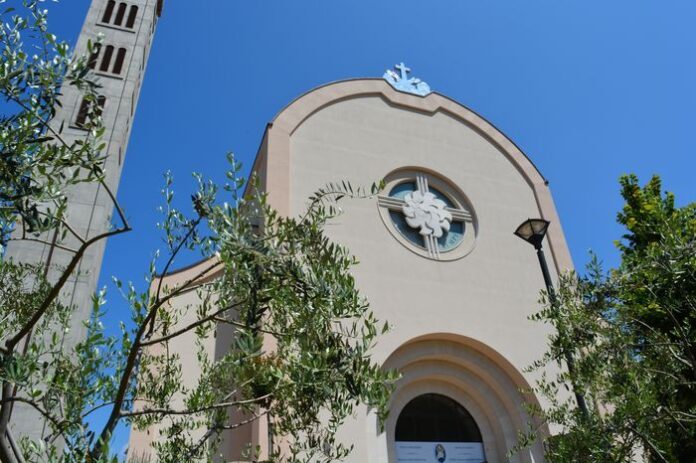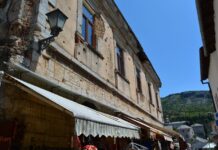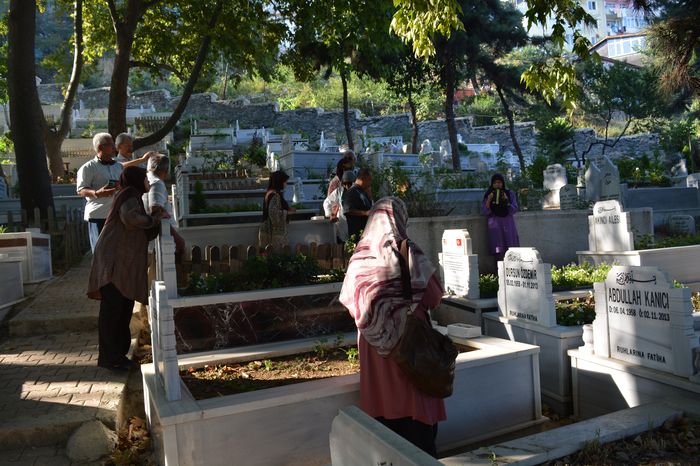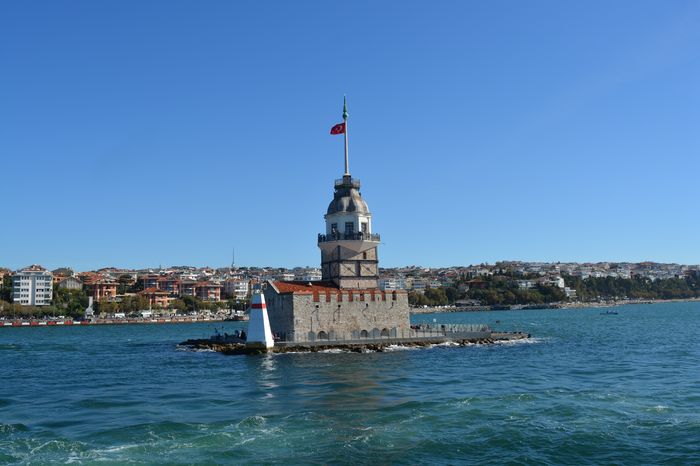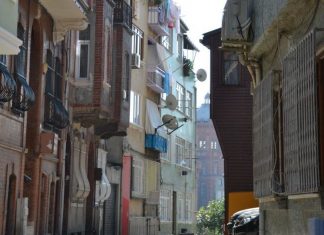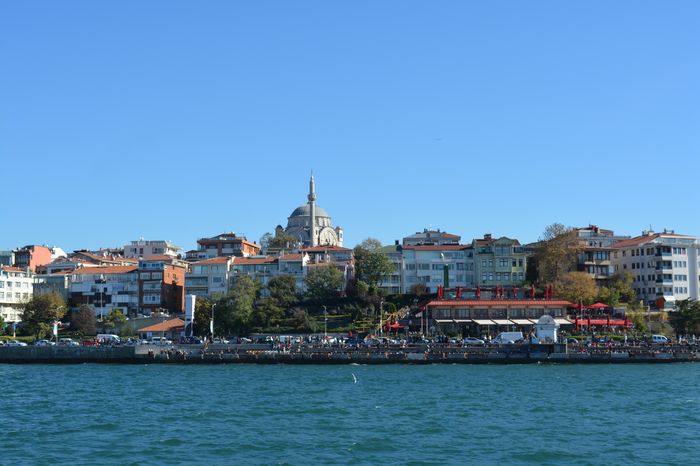One of the biggest problems with the idea that the walls around the western spur of the Sixth Hill were simply part of the original city defenses is the evidence in the Notitia (a 5th-century administrative document). According to the Notitia, the Fourteenth Region of the city was still a separate suburb even during the time of Emperor Theodosius II (early 5th century) Purpose of Manuel’s Wall.
The Fourteenth Region as a Fortified Suburb
The Notitia clearly says that the Fourteenth Region, although officially part of Constantinople, was separated by open space and had its own wall (muro proprio vallata), giving it the appearance of a small town by itself. This suggests that the area around the Sixth Hill may have been fortified even before the founding of Constantinople by Constantine the Great in 330 AD.
The Byzantine writer Dionysius Byzantinus even says that the name “Blachernae” comes from a foreign chief who lived in the area. If this is true, then it is likely that the hill was already fortified in some basic way even before the city was officially founded Istanbul Day Tours.
Was There a Wall from Londja to the Golden Horn?
If we accept this theory, then it would follow that there must have been a connecting wall running from Londja (a neighborhood near Blachernae) to the Golden Horn. This would have created a full circuit of fortifications around this northwestern corner of the city.
The Direction of the Theodosian Walls
Another important clue comes from the direction the Theodosian Walls take. Starting from the Kerko Porta (also known as the Xylokerkus Gate), these walls clearly head in a northeast direction. If they continued naturally on that path, they would reach the water between the Church of St. Demetrius and Balat Kapı (a historic gate by the Golden Horn). This supports the idea that the main wall system originally followed that route.
Were the Western Spur Walls Added Later?
If this is the case, then the walls on the western spur of the Sixth Hill were either modified versions of the older fortifications belonging to the Fourteenth Region, or they were built later, specifically to protect the Palace of Blachernae—which became more important after the 5th century.
One Strong Argument — But Also Some Problems
One of the strongest arguments for this theory is the clear trend of the walls near the Kerko Porta. They point northeast and suggest that the wall once continued all the way to the water. However, there are some problems:
There are no visible remains of such a wall along that line today. But this may not mean much; walls can disappear over time due to rebuilding, erosion, or repurposing of materials.
A bigger issue is the path of the Theodosian Moat. Unlike the walls, the moat does not follow the same northeast direction. Instead, it turns northward, toward Aivan Serai, which weakens the idea that the wall continued in a straight northeast line.
While the theory that the walls near the Sixth Hill are later additions—or modified older defenses—is very strong, it’s not without its doubts. The layout of the Kerko Porta and the direction of the main walls suggest an original path to the northeast, but the moat and lack of wall remains raise questions. Still, the idea that the Fourteenth Region was a fortified suburb from early on offers the best explanation for the presence and position of these unique walls in northwestern Constantinople.
